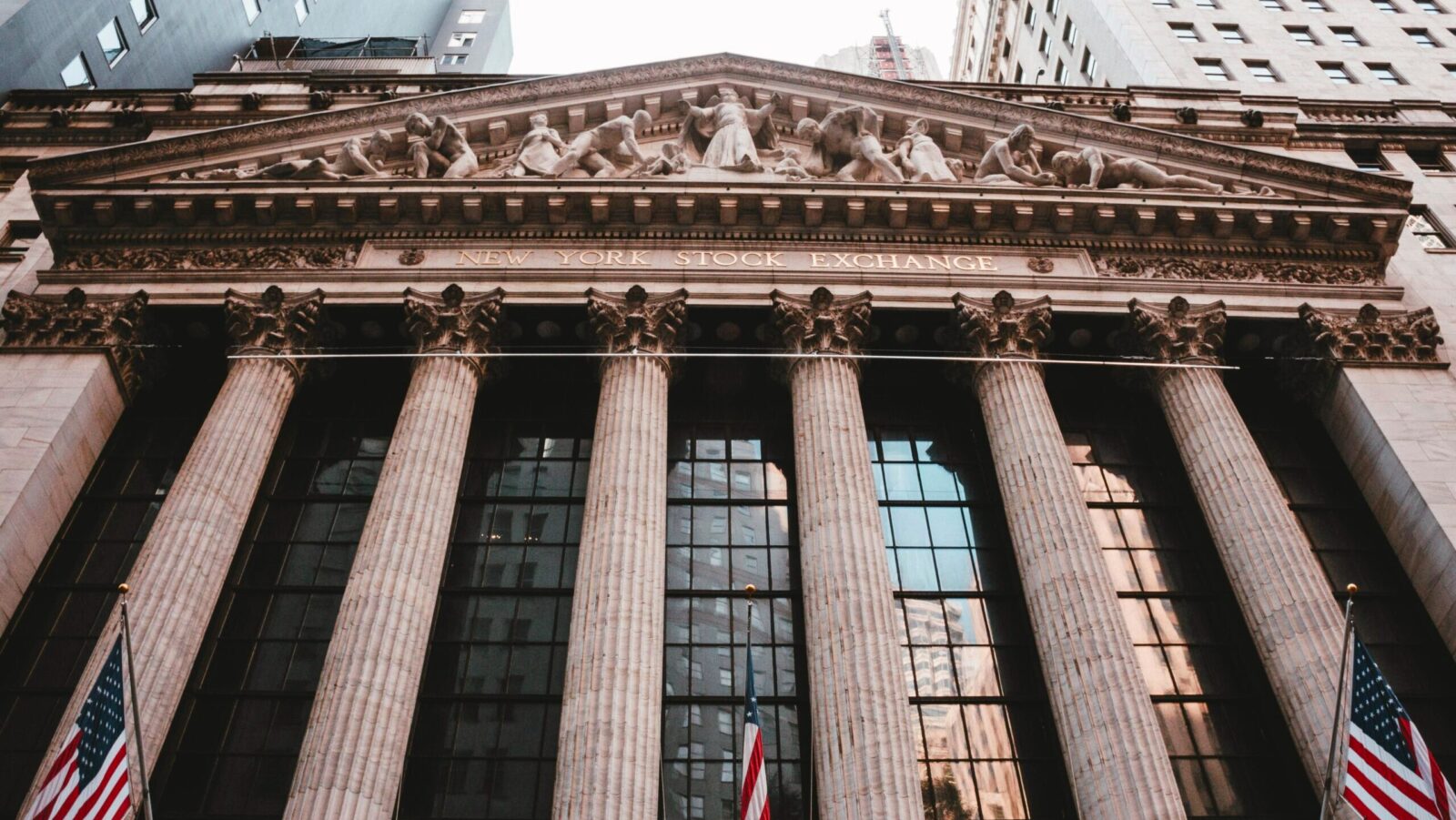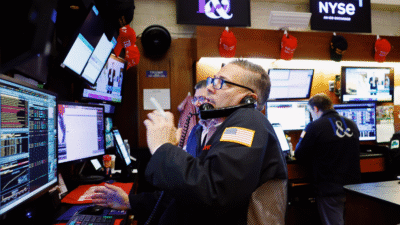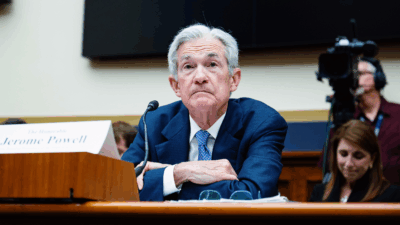Low-Wage Workers Are Losing Their Leverage
Thanks to high demand for low-paying jobs in recent years, workers had plenty of leverage for bigger salaries and better perks.

Sign up for smart news, insights, and analysis on the biggest financial stories of the day.
The rare party for low-wage workers may be coming to an end.
Thanks to high demand for low-paying jobs in recent years, those workers had plenty of leverage for bigger salaries and better perks, but now, in a world of high interest rates and burdensome inflation, that leverage is waning, the Wall Street Journal reported.
I Need a Dollar
After covid infection rates started to subside and the US economy re-opened for business, consumers desperately wanted to get back out in the world — drinking at bars, eating at restaurants, and spending weekends at lavish hotels. And employers wanting to meet that demand were willing to offer competitive salaries and incentives like sign-on bonuses. Low-wage workers — most of whom work in the service, hospitality, and caregiving industries — experienced some of their largest pay gains since before the pandemic.
But in a post-post-pandemic world, wage gains are slowing, the labor market is tightening, and perks are no longer a standard welcome:
- The Federal Reserve Bank of Atlanta reported the average worker in the bottom quarter of wage distribution received a 7.2% raise in January, but just a 5.9% bump in October. Similarly, at the start of 2023, average hourly wages in leisure and hospitality were up 7% year-over-year, according to the Labor Department. By October, the increase had dropped to 4.5%.
- Many low-wage workers also benefited from stimulus checks, unemployment payments, and pauses on student loans and rent during the pandemic. Americans accumulated more than $2 trillion in excess savings. But student-debt payments are back, and the excess savings have likely been depleted, according to a Federal Reserve Bank of San Francisco study.
Money is Getting Tight: A resulting slowdown in consumer spending may have already started. McDonald’s CEO Chris Kempczinski said on a recent earnings call that traffic from low-income consumers was down in the third quarter compared to a year earlier. Footlocker, Gap, Old Navy, and a few budget airlines also noticed a consumer pullback, the WSJ reported.
But American consumers aren’t giving up so easily. The US Department of Commerce said consumer spending accelerated 0.7% in September, driven by food and beverages, new car purchases, and travel. However, some economists fear that the holiday season may come just as consumers pull back their spending as prices stay higher for longer.











